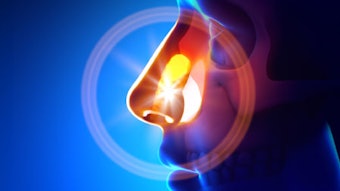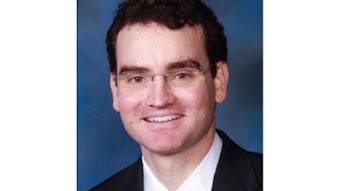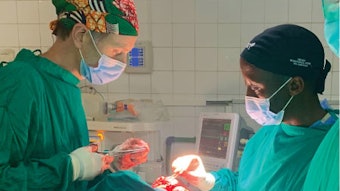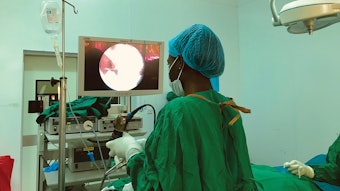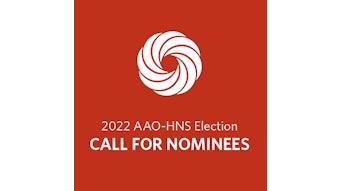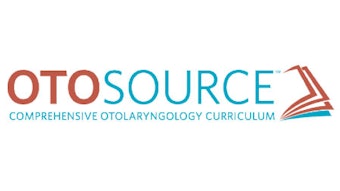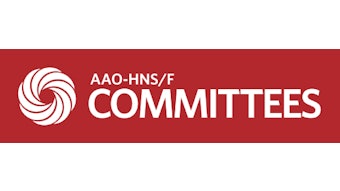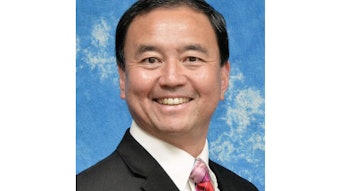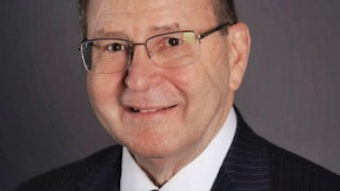Pearls from your Peers: Building Multispecialty Collaborations
This month's Pearls from Your Peers spotlights Abie Mendelsohn, MD, associate professor in the Department of Head and Neck Surgery at the David Geffen School of Medicine at UCLA; and director of the Head and Neck Robotic Surgery Program.
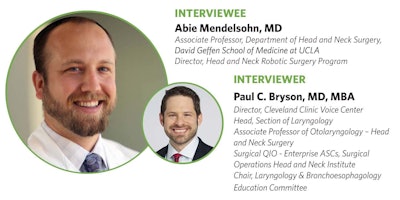
Although Dr. Mendelsohn’s primary focus has been building and developing a robust TORS and TLM program, he has been a key contributor over the past decade to a number of novel programs and surgical services, all of which have required the establishment of strong inter-specialty bonds and collaborative efforts. I had a chance to discuss this key aspect of program development, and the following is an excerpt from our conversation.
What do you think was critical to activating your program? What advice would you offer to colleagues starting something new at their organization?
Considering it on a superficial level, making a conscious effort to engage with providers outside of otolaryngology provides a smart growth strategy. Connecting with subspecialists does provide pathways to patient volume and appreciation of your up-and-coming surgical service. But the truth of the matter is that our motivation should be centered well beyond good business practices. I have found working closely and collaboratively with experts outside of otolaryngology who have quite broad-ranging perspectives and expansive knowledge base offers a huge boost to the resources available for my patients.
Once the TORS and TLM program began, how would you describe your ongoing process for relationship development, programmatic continuous improvement, and academic contribution?
We’ve seen expanding volume of papers in the otolaryngology literature touting the improvement of patient care stemming from subspecialty conferences, such as tumor boards. However, when making the decision to engage in true multispecialty collaborations, we must think well beyond simple attendance at specialty conferences that take investment in time and effort. In my forays, I’ve seen lasting multispecialty collaborations achieved through three phases.
The first phase is to set scheduled times to be clinically present. This means not just being available answering phone calls and emails when needed but having reliable times when your new partners can know when to expect you. For instance, when we were first building our hypoglossal nerve stimulator program, we set aside one afternoon every other week with shared office hours with the pulmonary sleep medicine team. In growing our transoral thyroidectomy (TOETVA) program, our multispecialty team established that all cases would be staffed together with our otolaryngologists alongside our endocrine surgeons. Having shared time where specialists are present physically in either encountering or treating of patients is critical in building trust and in the foundation of the collaboration.
The second phase I might call "hallway discussions." In addition to specific patient-based presentations and conversations, it’s really important to find time to talk about the general direction and goals of the collaborative program. These opportunities also allow for a shared vision of the program. When we designed and implemented some of our advanced pain control strategies following TORS, with our inpatient acute pain team, I found that face-to-face conversations during operating room turnover time or during frozen section pathology time resulted in some of the most productive discussions. Making a concerted effort to engage in these conversations wherever and whenever they might be found will also ensure your program’s success.
The third phase is the process of manuscript publication. This academic process, with or without arduous statistical data analysis, is a critical step not only to cement the partnership group in a true collaborative production but is also vital in order to critically review the program’s early outcomes. This is true even if the work never gets published. Writing up your program’s experience early on allows a critical retrospective evaluation of what you’ve accomplished together, a tough look at the limitations of the program to date, and a platform in which to continue growth and development.
